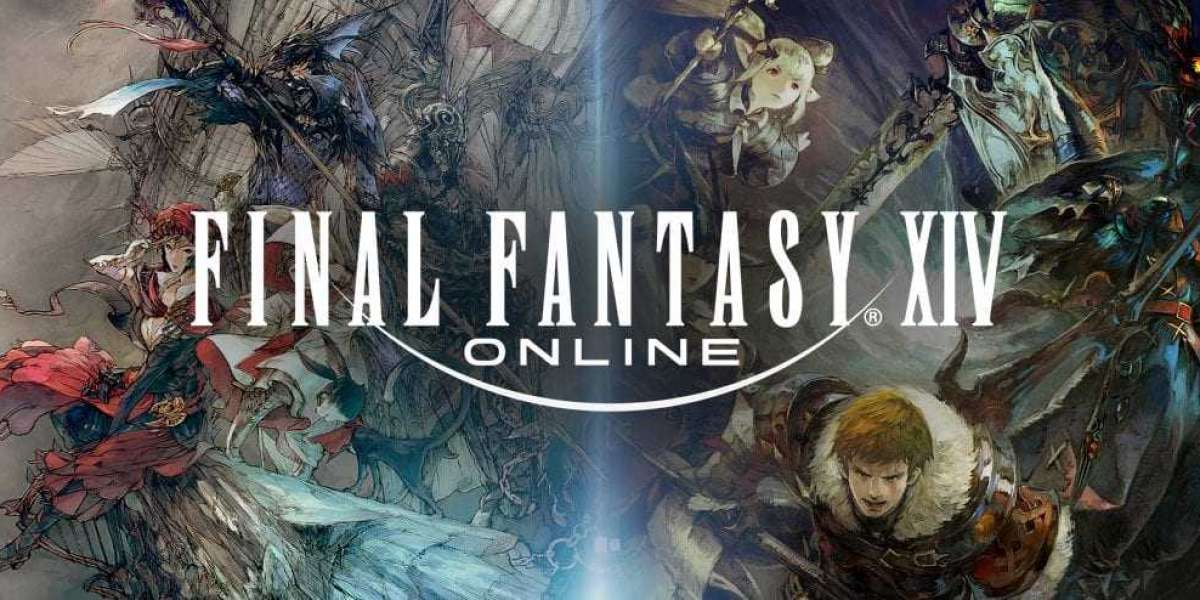In the realm of entertainment, two mediums have long captivated the imagination of people worldwide: books and games. While seemingly distinct, these forms of storytelling often intersect, offering unique experiences that engage audiences in immersive narratives. From literary adaptations to video game novels and interactive storytelling, the synergy between books and games continues to evolve, shaping contemporary entertainment landscapes.
1. Literary Adaptations in Gaming:
One of the most prominent intersections between books and games is the adaptation of literary works into video games. From classic novels to modern bestsellers, many beloved stories have found new life in interactive formats. These adaptations not only introduce literature to gaming audiences but also provide readers with an opportunity to engage with their favorite stories in a dynamic and participatory manner.
Games like "The Witcher" series, based on the novels by Andrzej Sapkowski, and "The Lord of the Rings" franchise, inspired by J.R.R. Tolkien's epic fantasy, demonstrate the successful translation of literary worlds into interactive experiences. By allowing players to inhabit the roles of beloved characters and explore richly detailed settings, these games offer a deeper immersion into the narratives than traditional forms of adaptation.
2. Video Game Novels:
Conversely, the influence of gaming on literature is evident in the emergence of video game novels. These novels are often based on popular game franchises and serve to expand upon the game's universe, characters, and lore. While some may dismiss them as mere tie-in merchandise, video game novels have garnered a dedicated readership and contribute to the overall storytelling experience of the franchise.
Novels such as "Assassin's Creed: Renaissance" by Oliver Bowden and "Mass Effect: Revelation" by Drew Karpyshyn provide readers with an opportunity to delve deeper into the narratives of their favorite games. Through prose storytelling, these novels offer insights into character motivations, world-building details, and untold adventures, enriching the overall gaming experience for fans.
3. Interactive Storytelling:
Beyond traditional novels and video games, the convergence of books and games has given rise to new forms of interactive storytelling. Interactive fiction, gamebooks, and visual novels are just a few examples of how narrative-driven experiences are blurring the lines between reading and gaming. These mediums offer players/readers agency over the story's outcome, allowing them to shape the narrative through their choices and actions.
Games like "Detroit: Become Human" and "Life is Strange" exemplify the power of choice-based storytelling, where decisions made by the player influence the plot's direction and outcome. Similarly, interactive fiction apps like "Choices: Stories You Play" and "Episode" offer readers the opportunity to control the narrative trajectory through branching storylines and decision points, effectively bridging the gap between traditional reading and gaming experiences.
Conclusion:
The intersection of books and games represents a fascinating convergence of two distinct yet complementary forms of storytelling. Whether through literary adaptations, video game novels, or interactive storytelling, this synergy offers audiences diverse opportunities to engage with narratives in immersive and meaningful ways. As technology continues to advance and storytelling evolves, the relationship between books and games will undoubtedly continue to shape the future of entertainment.
To explore a diverse range of books and games, visit Jiji Books Games for a curated selection of titles that celebrate the intersection of these two mediums.





